Anatomical Theatre: Depictions of the Body, Disease, and Death in Medical Museums of the Western World
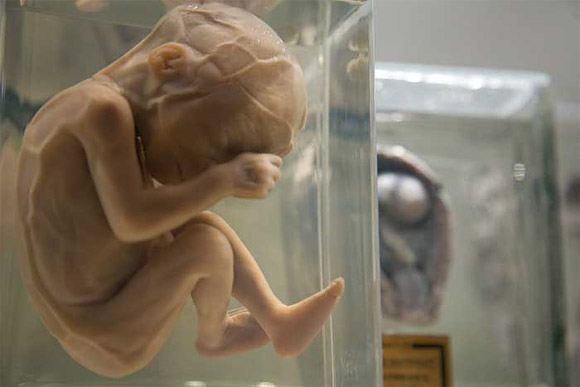
The The Vrolik : Amsterdam, The Netherlands
Anatomical preparation; 19th Century
Anatomical Theatre is a photographic exhibition documenting artifacts collected by and exhibited in medical museums throughout Europe and the United States. The objects in these photos range from preserved human remains to models made from ivory, wax, and papier mâché. The artifacts span from the 16th Century to the 20th, and include examples from a wide range of countries, artists, and preparators.
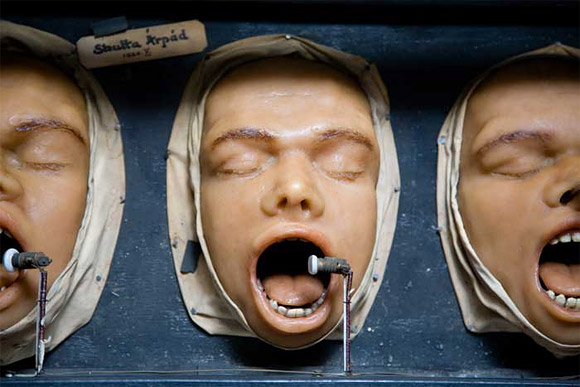
Semmelweis Museum, Library and Archives of the History of Medicine : Budapest, Hungary
Wax Modesl; by Magyar, 1926.
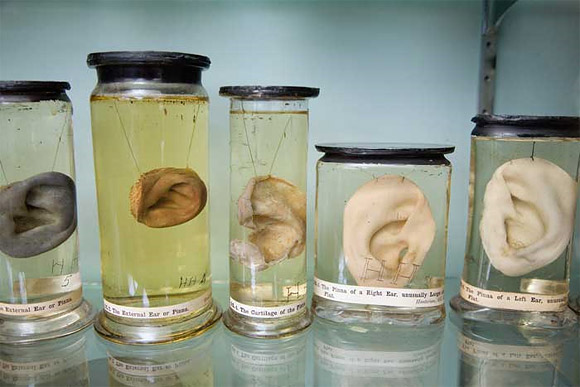
Hunterian Museum : Glasgow, Scotland
Anatomical preparation; Acquired or prepared by William Hunter (1718-1783)

Alabama Museum of the Health Sciences : Birmingham, Alabama
“Anatomical Teaching Skeleton”
Backroom; 20th Century.
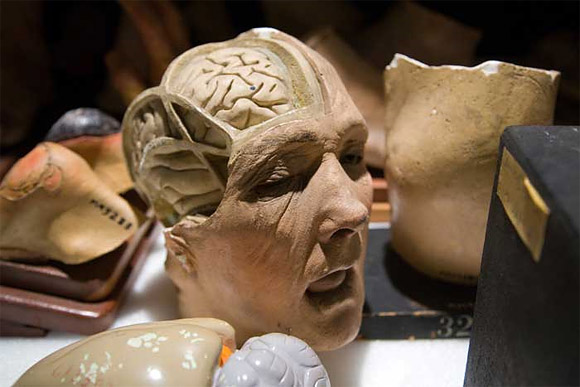
National Museum of Health and Medicine : Washington, D.C.
Assorted anatomical models; Drawer in backroom.

The Mütter Museum : Philadelphia, Pennsylvania
Anatomical preparation (human heart); 19th Century
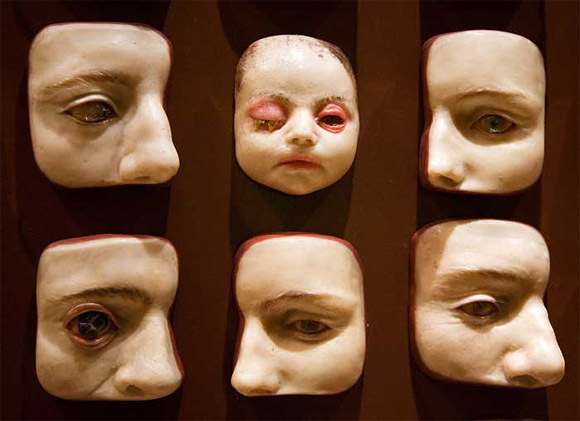
The Mütter Museum : Philadelphia, Pennsylvania
Pathological model; 19th Century

The Mütter Museum : Philadelphia, Pennsylvania
Human skulls, from the Hyrtal Skull Collection; 19th Century
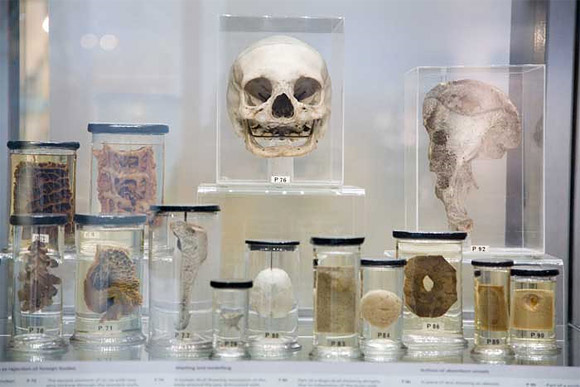
Hunterian Museum : London, England
Part of John Hunter’s collection of specimens illustrating morbid anatomy; Acquired or prepared by John Hunter (1728-1793)
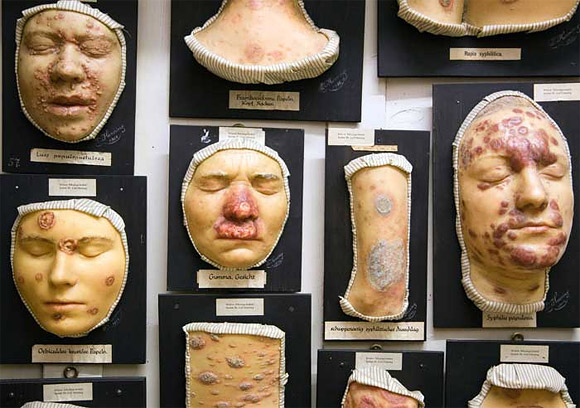
Federal Pathologic-Anatomical Museum (Pathologisch-anatomisches Bundesmuseum): Vienna, Austria, Austria
Wax moulages; Probably by Carl Henning (1860-1917) or Theodor Henning (1897-1946); Early 20th Century
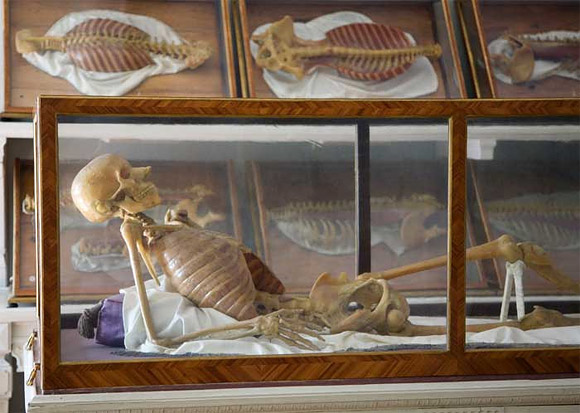
The Josephinum : Vienna, Austria
Wax model in rosewood and Venetian glass cases; Workshop of Clemente Susini of Florence, 1781-1786
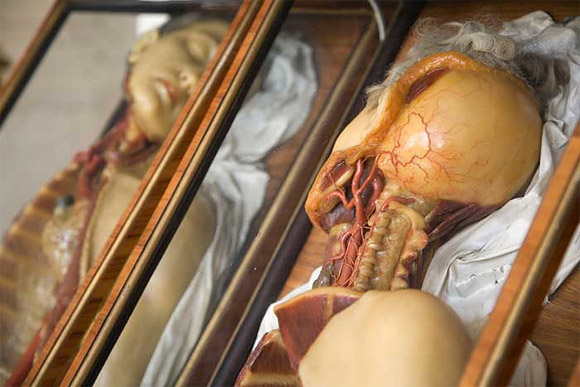
The Josephinum : Vienna, Austria
Wax models with human hair in rosewood and Venetian glass cases; Workshop of Clemente Susini of Florence, 1781-1786

“La Specola” (Museo di Storia Naturale) : Florence, Italy
“Statue of a Young Man, Showing the Course of the Arteries”
Wax model in rosewood and Venetian glass case; Probably modeled by Clemente Susini (around 1790)
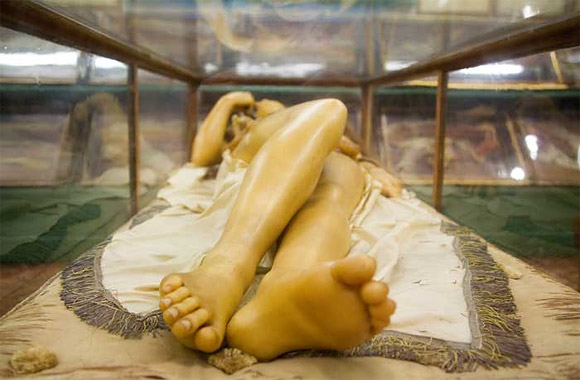
“La Specola” (Museo di Storia Naturale) : Florence, Italy
“Anatomical Venus”
Wax model with human hair and pearls in rosewood and Venetian glass case; Probably modeled by Clemente Susini (around 1790)
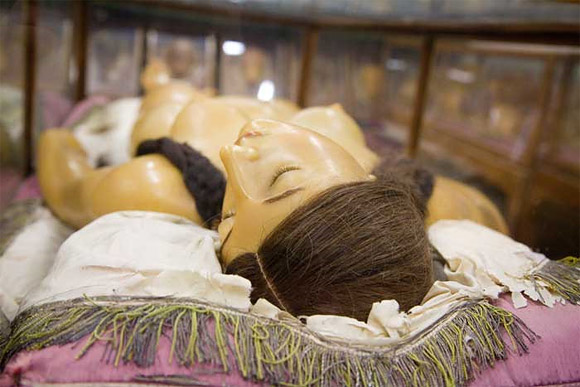
“La Specola” (Museo di Storia Naturale) : Florence, Italy
“Anatomical Venus”
Wax model with human hair and pearls in rosewood and Venetian glass case; Probably modeled by Clemente Susini (around 1790)

